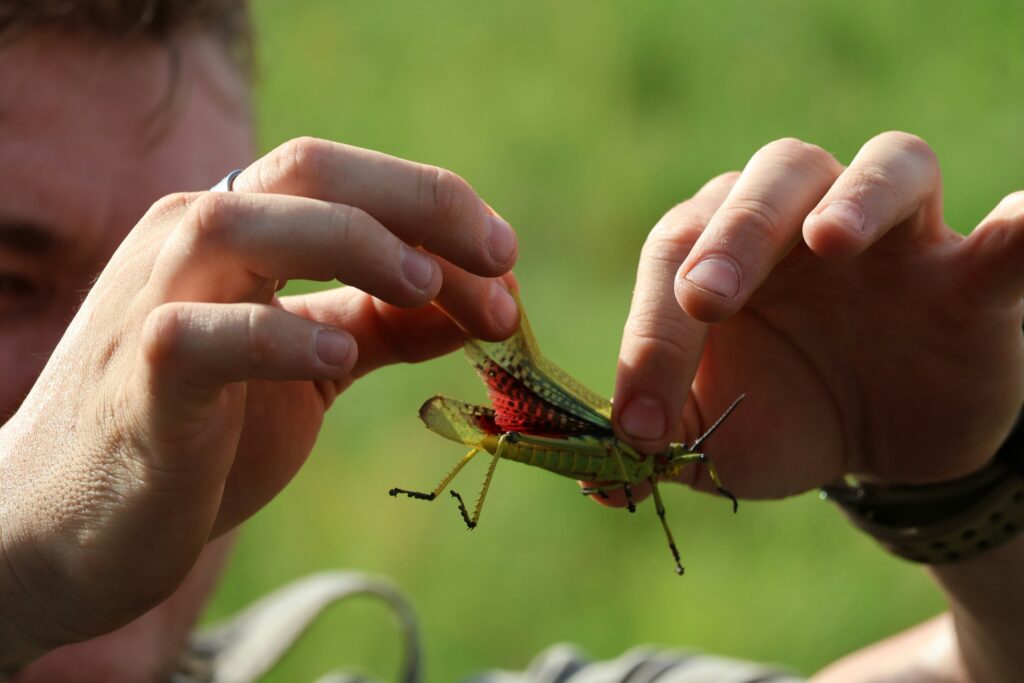The world of insects represents one of our planet’s most diverse and fascinating realms of biodiversity, with over a million described species and potentially millions more awaiting discovery. These tiny creatures, often overlooked in our daily lives, play critical roles in ecosystems worldwide—from pollination and decomposition to serving as food sources for countless other animals. For centuries, scientists have been developing increasingly sophisticated methods to study these six-legged marvels in their natural habitats, uncovering remarkable insights about their behaviors, adaptations, and ecological importance. Modern entomological research combines time-tested field techniques with cutting-edge technology, allowing researchers to peer into the secret lives of insects with unprecedented clarity. This exploration into how scientists study insects in the wild reveals not just the fascinating methodologies of field entomology but also illuminates the profound discoveries reshaping our understanding of these vital creatures and their significance to our world.
Traditional Collection Methods: Nets, Traps, and Beyond
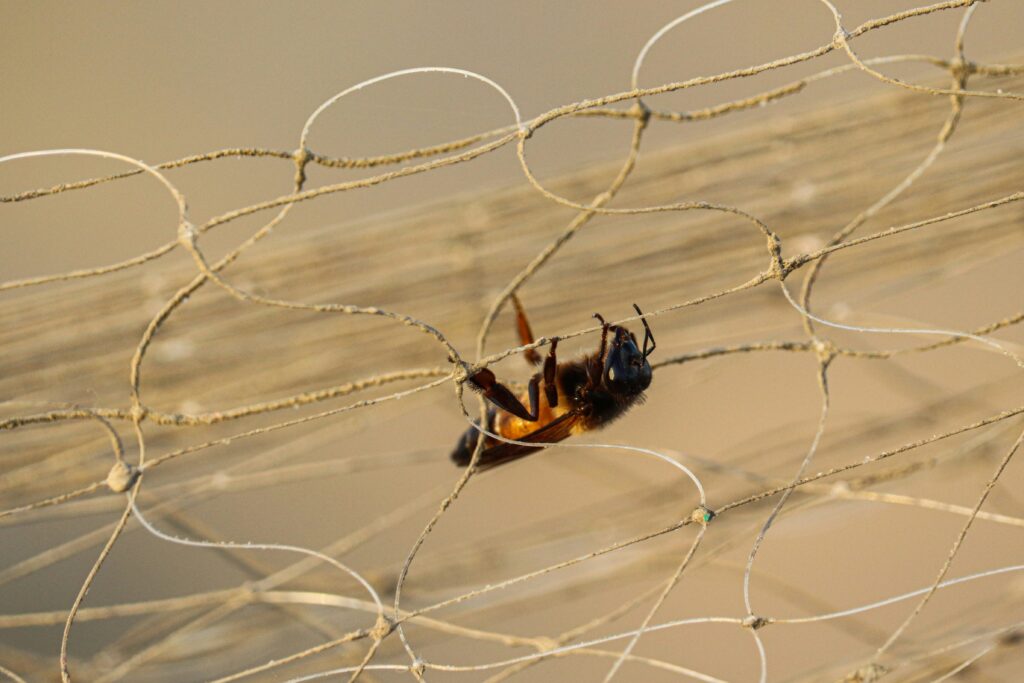
The foundation of insect field research still rests on collection methods that have been refined over centuries of scientific inquiry. Sweep nets, the iconic tool of the butterfly collector, remain indispensable for capturing flying insects across meadows and forests. Pitfall traps—containers sunk into the ground with their openings flush with the soil surface—passively collect ground-dwelling insects that unwittingly fall in while traveling. Malaise traps, tent-like structures that intercept flying insects and funnel them into collection containers, have revolutionized sampling of aerial insect communities since their invention in the 1930s. These seemingly simple tools, when deployed systematically across different habitats and seasons, provide researchers with crucial baseline data about insect diversity, abundance, and distribution patterns that more sophisticated technologies often build upon.
Light Traps: Exploiting Insect Attraction to Illumination
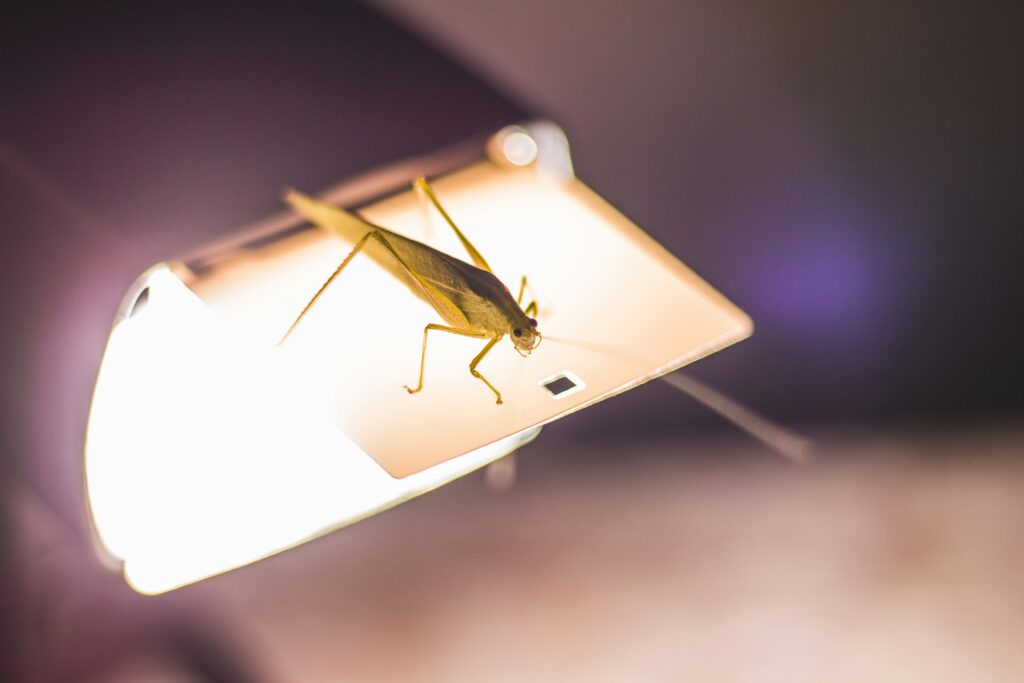
The phenomenon of insects being drawn to light sources has long provided scientists with a powerful method for studying nocturnal species. Modern light traps range from simple setups using ultraviolet bulbs suspended over collection containers to sophisticated automated systems that can sort and preserve specimens by size. Researchers have discovered that different wavelengths of light attract different insect groups, allowing for targeted collection of specific taxa like moths or aquatic insects. Through decades of light trapping, scientists have documented alarming declines in nocturnal insect populations worldwide, with some studies showing up to 75% reductions in biomass over just a few decades. This methodology has proven particularly valuable for long-term monitoring programs that track how insect communities respond to environmental changes, including climate shifts, habitat fragmentation, and light pollution.
DNA Barcoding: Molecular Fingerprinting of Insect Biodiversity

The revolution in molecular biology has transformed how scientists identify and classify insects through techniques like DNA barcoding. This approach uses short, standardized gene sequences—typically a segment of the mitochondrial cytochrome c oxidase I (COI) gene—as a unique genetic “barcode” that can distinguish between species even when they appear physically identical. Field researchers can now collect minute tissue samples or even environmental DNA (eDNA) from water or soil that contains insect genetic material, allowing for detection of species without direct observation or collection. DNA barcoding has revealed cryptic species complexes—groups of insects previously thought to be a single species but actually comprising multiple distinct evolutionary lineages—forcing reconsideration of insect diversity estimates. The International Barcode of Life project now maintains a library of millions of insect DNA barcodes, creating a powerful reference database that helps researchers identify specimens from even the most remote corners of the globe.
Radiotelemetry: Tracking Insect Movements in Real Time

The miniaturization of radio transmitters has enabled scientists to track individual insects as they move through their environments, revealing unprecedented details about their behavior and ecology. Modern transmitters weighing less than 0.2 grams can be attached to larger insects like dragonflies, beetles, and butterflies without significantly impacting their movement or survival. These tracking studies have documented remarkable insect journeys, including monarch butterflies that navigate thousands of miles during migration and dragonflies that cross oceans. Researchers studying hornet navigation discovered that these insects can remember multiple locations and optimal flight paths between them, demonstrating cognitive mapping abilities previously unknown in insects. Radiotelemetry has also provided critical insights for conservation, revealing how habitat fragmentation disrupts movement corridors and identifying key stopover sites that need protection for migratory insect species.
Harmonic Radar: Following Flying Insects Through the Landscape
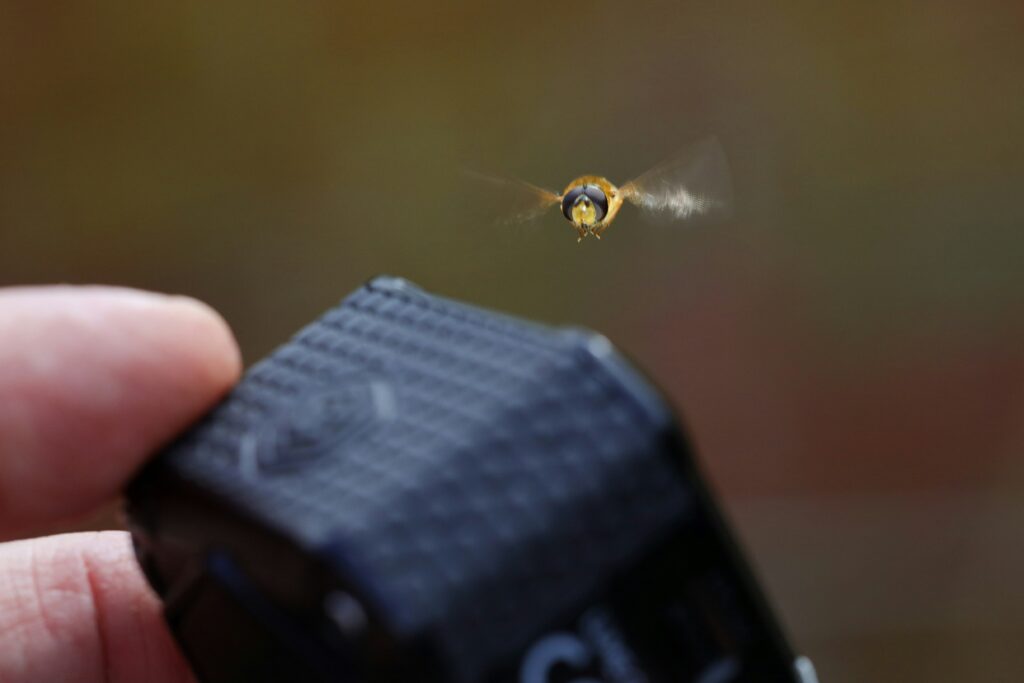
When traditional radiotelemetry proves impractical for smaller insects, harmonic radar technology offers an ingenious alternative for tracking flight patterns. This system works by attaching tiny transponders weighing mere milligrams to insects, which reflect radar signals at exactly twice the frequency they receive them, allowing researchers to distinguish the insect’s signal from background radar reflections. Groundbreaking studies using harmonic radar have mapped complete flight paths of bees from hive to foraging patches and back, revealing how they navigate using landmarks, celestial cues, and possibly Earth’s magnetic field. Scientists studying bumblebees with this technology discovered that they conduct systematic exploration flights when placed in new environments, creating mental maps before establishing regular foraging routes. By attaching radar transponders to agricultural pests like moths, researchers can track dispersal patterns to develop more targeted and environmentally friendly pest management strategies that protect crops while minimizing insecticide use.
Camera Traps and Time-lapse Photography: Capturing Insect Behavior
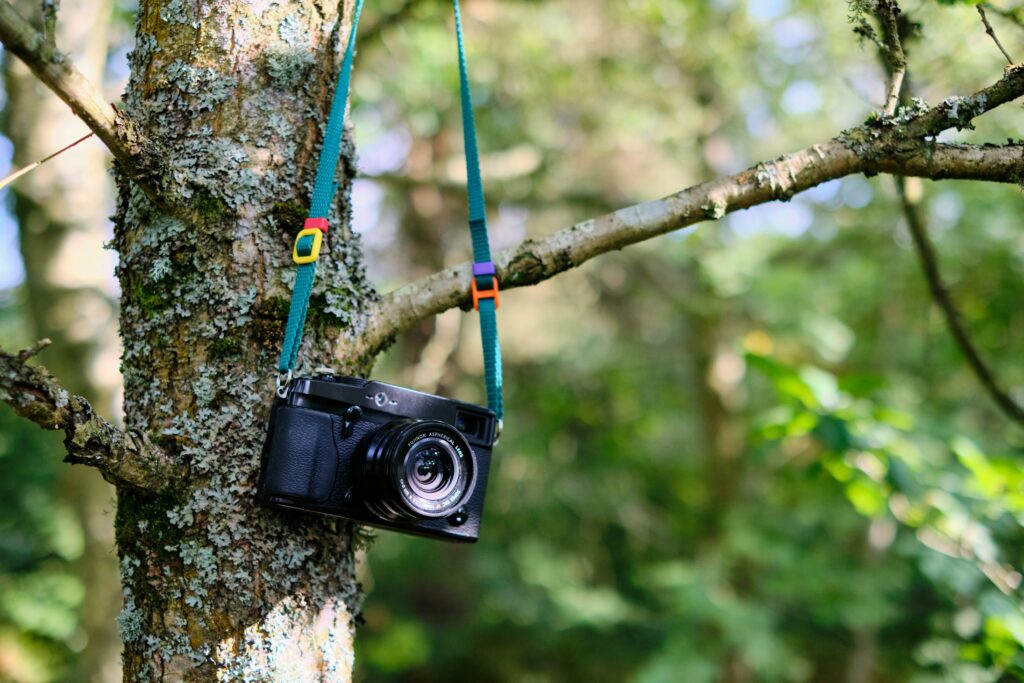
The adaptation of camera trap technology from wildlife research to entomology has opened new windows into observing insect behavior without human presence altering their natural activities. Specialized macro camera traps equipped with motion or heat sensors can document rare behaviors like pollination events, predator-prey interactions, or social insect colony activities over extended periods. Time-lapse photography has proven particularly valuable for studying slower processes like caterpillar feeding patterns, nest construction by solitary bees, or the sequence of insect species visiting decomposing matter. Researchers studying dung beetles in African savannas used camera traps to document previously unknown nocturnal behaviors, including complex competitions for dung resources and specialized rolling techniques adapted to different terrain types. These visual documentation methods not only provide scientific data but create compelling imagery that helps communicate the importance and fascination of insects to broader audiences, enhancing conservation awareness.
High-speed Videography: Revealing the Unseen World of Insect Mechanics

The lightning-fast movements of many insects occur at speeds beyond human perception, requiring specialized imaging techniques to observe and analyze. Modern high-speed cameras capturing thousands of frames per second have revolutionized our understanding of insect biomechanics by freezing movements that happen in milliseconds. This technology has allowed scientists to decode the precise wing movements that enable the extraordinary aerial agility of flies, with some species capable of executing 90-degree turns in under 50 milliseconds. Researchers studying mantis shrimp—not insects but arthropods with similarly rapid movements—documented striking speeds that accelerate faster than a bullet, reaching prey in less than 8 milliseconds. High-speed videography of jumping insects like fleas and grasshoppers has inspired biomimetic designs in robotics, with engineers creating jumping robots that mimic the energy storage and release mechanisms these insects employ. The integration of high-speed imaging with computational modeling has enabled scientists to understand how seemingly impossible feats—like ants carrying objects many times their body weight—are achieved through evolutionary optimization of body structures.
Acoustic Monitoring: Listening to the Insect Symphony
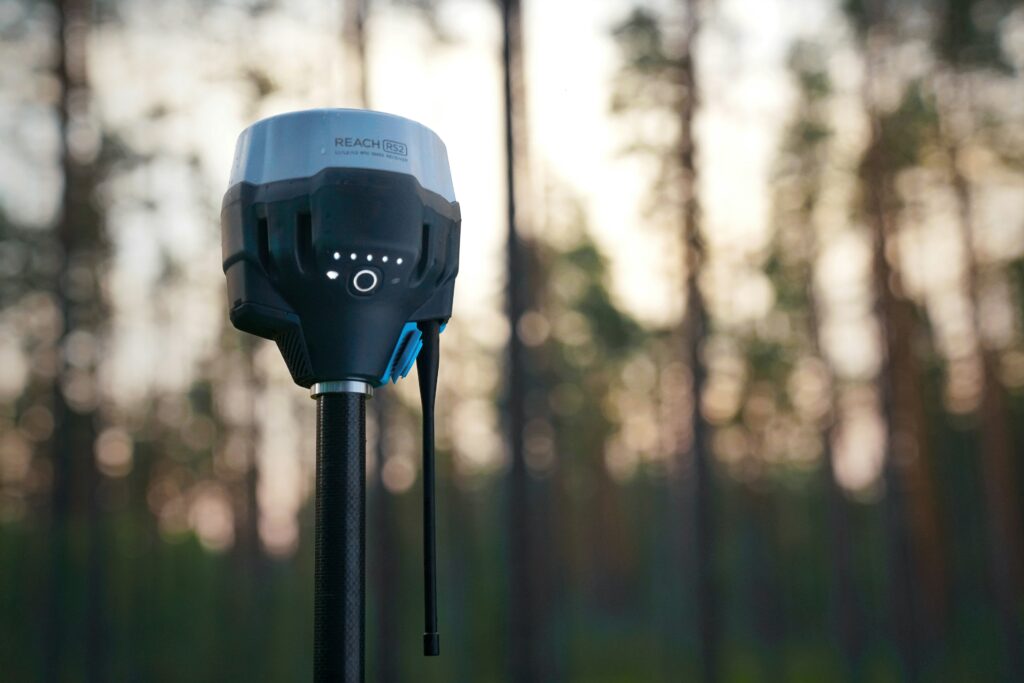
The sounds insects produce—whether for communication, navigation, or as byproducts of movement—provide researchers with valuable data that can be collected non-invasively through acoustic monitoring. Automated recording stations equipped with sensitive microphones can document the presence and activity patterns of sound-producing insects like crickets, katydids, and cicadas across different habitats and seasons. Machine learning algorithms can now process thousands of hours of recordings to identify species-specific calls, detect population trends, and even recognize individual insects based on subtle variations in their acoustic signatures. Scientists studying the impact of noise pollution have discovered that some insects modify their calling patterns in urban environments, shifting to higher frequencies or calling during quieter periods to avoid acoustic competition with human-generated sounds. In agricultural settings, researchers have developed acoustic monitoring systems that can detect wood-boring beetle larvae inside trees or crops before visible damage occurs, allowing for early intervention in pest management.
Environmental DNA (eDNA) Sampling: Detecting Insects Without Seeing Them

The revolutionary field of environmental DNA analysis allows scientists to detect insect presence by collecting genetic material they shed into their surroundings without ever observing the organisms themselves. By filtering water samples from streams, lakes, or even tree hollows, researchers can extract DNA fragments from eggs, larvae, exoskeletons, waste products, or other biological materials shed by insects inhabiting or visiting these environments. This non-invasive approach has proven particularly valuable for studying endangered or elusive species, such as rare aquatic beetles or forest canopy specialists that are difficult to observe directly. eDNA sampling in soil has revealed rich communities of ground-dwelling insects, including many species previously overlooked by traditional collection methods due to their cryptic habits or small size. The technique has transformed biomonitoring programs that assess ecosystem health, allowing rapid assessment of insect biodiversity in habitats like wetlands where traditional sampling would be difficult or environmentally disruptive.
Stable Isotope Analysis: Tracing Insect Diets and Migrations

By examining the chemical composition of insect tissues, scientists can reconstruct their dietary history and movement patterns through a technique called stable isotope analysis. Different food sources contain distinctive ratios of stable isotopes—variants of elements like carbon, nitrogen, hydrogen, and oxygen—that become incorporated into an insect’s body when consumed, creating a chemical signature that persists over time. Researchers studying monarch butterfly migrations used hydrogen isotope ratios in wing tissues to determine the geographic origins of butterflies arriving at overwintering sites, mapping previously unknown migration corridors vital for conservation planning. Isotopic analysis of predatory insects has revealed complex food web connections, including how generalist predators like dragonflies switch prey types seasonally or during different life stages. Agricultural researchers have employed this technique to determine if pest insects developed on crop plants or wild host plants, information critical for developing targeted management strategies that preserve beneficial insects while controlling damaging species.
Citizen Science: Harnessing Public Participation in Insect Research
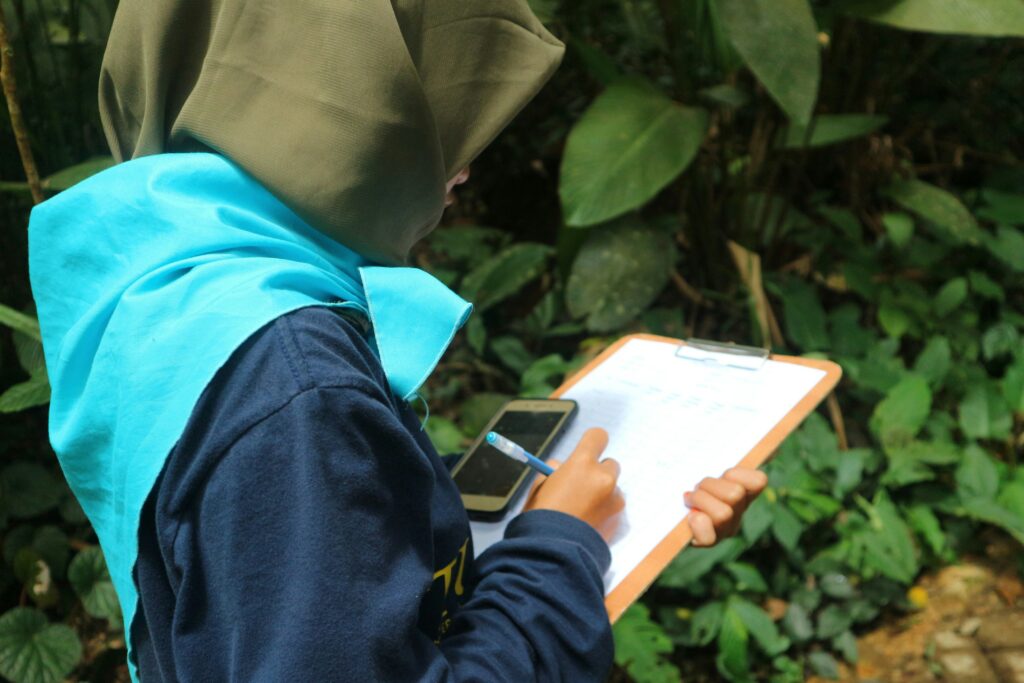
The complexity and ubiquity of insects make them ideal subjects for citizen science initiatives that engage non-professionals in scientific research, dramatically expanding data collection possibilities beyond what professional scientists could achieve alone. Projects like the annual Christmas Butterfly Count, modeled after bird counting traditions, mobilize thousands of volunteers to document butterfly species across continents, creating valuable long-term datasets tracking population trends over decades. Smartphone apps allowing users to photograph insects and receive AI-assisted identifications have generated millions of geotagged observations that help map species distributions and phenology—seasonal timing of emergence, reproduction, and other life cycle events. The collaborative nature of citizen science has proven particularly valuable for detecting the spread of invasive species like the spotted lanternfly in North America, with public reports often providing the first alert when these insects appear in new regions. Beyond data collection, these participatory approaches cultivate public appreciation for insects, building crucial support for conservation efforts targeting these often misunderstood creatures.
Automated Monitoring Systems: The Future of Insect Surveillance

The integration of multiple technologies into automated monitoring systems represents the cutting edge of insect field research, enabling continuous data collection with minimal human intervention. Solar-powered monitoring stations equipped with cameras, acoustic sensors, environmental probes, and wireless connectivity can operate in remote locations for months, streaming real-time data to researchers. Machine vision systems using deep learning algorithms can now identify thousands of insect species from photographs with accuracy approaching that of expert entomologists, processing volumes of visual data impossible for human analysts to manage. Advanced monitoring networks distributed across different habitats and elevations are providing unprecedented insights into how climate change affects insect communities, documenting shifts in range boundaries, emergence timing, and community composition as temperatures warm. Agricultural applications of these systems include smart traps that selectively target pest species while counting and releasing beneficial insects, enabling precision pest management that minimizes environmental impacts while protecting crops.
Key Discoveries Transforming Our Understanding of Insects
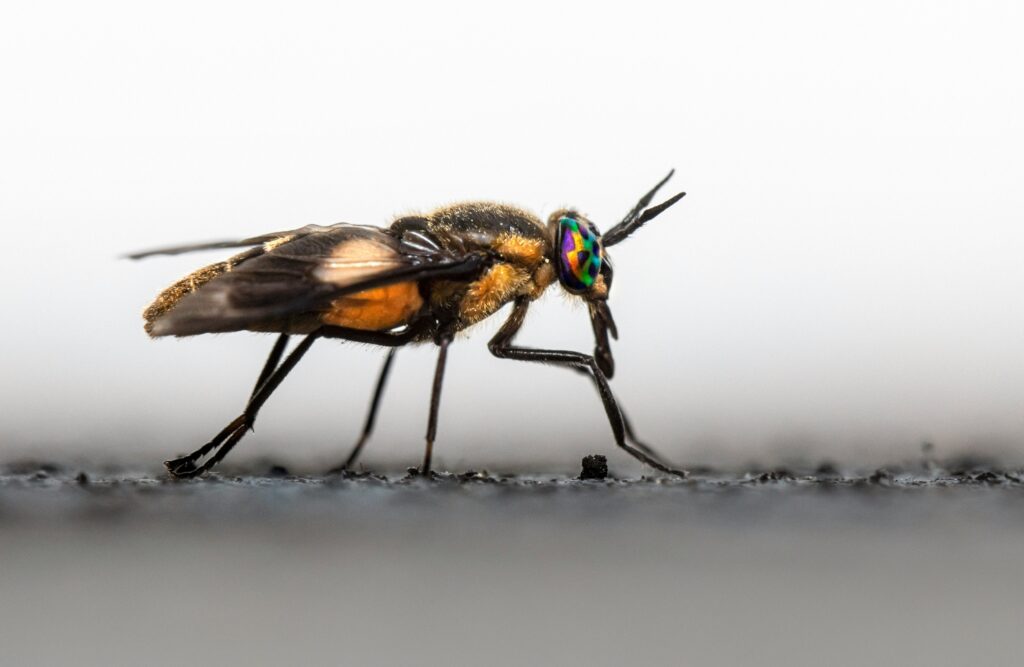
The application of these diverse research methodologies has yielded profound insights that are reshaping our understanding of insects and their role in ecosystems. Long-term monitoring using standardized collection methods has documented alarming declines in insect abundance globally—what some researchers have termed an “insect apocalypse”—with potentially catastrophic implications for ecosystems dependent on their ecological services. Studies of insect cognition using harmonic radar and controlled experiments have revealed unexpected cognitive abilities, including counting, face recognition among paper wasps, and abstract concept formation in honeybees, challenging traditional views of insect intelligence. Genetic research has discovered extraordinary adaptations like pesticide resistance evolving in agricultural pests within just a few generations, highlighting both the remarkable evolutionary capacity of insects and the challenges of sustainable pest management. Perhaps most significantly, comprehensive studies of insect ecology have quantified their enormous economic value through services like pollination, pest control, and nutrient cycling—estimated at hundreds of billions of dollars annually—transforming policy discussions around insect conservation from niche environmental concerns to mainstream economic priorities.
The methodologies scientists employ to study insects in the wild represent a fascinating blend of time-tested techniques and technological innovation, each approach revealing different aspects of these remarkable creatures. From the traditional sweep net to automated DNA analysis, these research tools have dramatically expanded our understanding of insect diversity, behavior, and ecological importance. What emerges from this collective scientific effort is a picture of insects not merely as tiny automatons but as sophisticated organisms with complex behaviors, remarkable adaptations, and irreplaceable ecological roles. As human activities continue to transform natural habitats globally, these research approaches provide critical information guiding conservation efforts to protect insect biodiversity. The insights gained through field entomology remind us that despite their small size, insects represent one of Earth’s greatest evolutionary success stories—and that their future is inextricably linked with our own.

